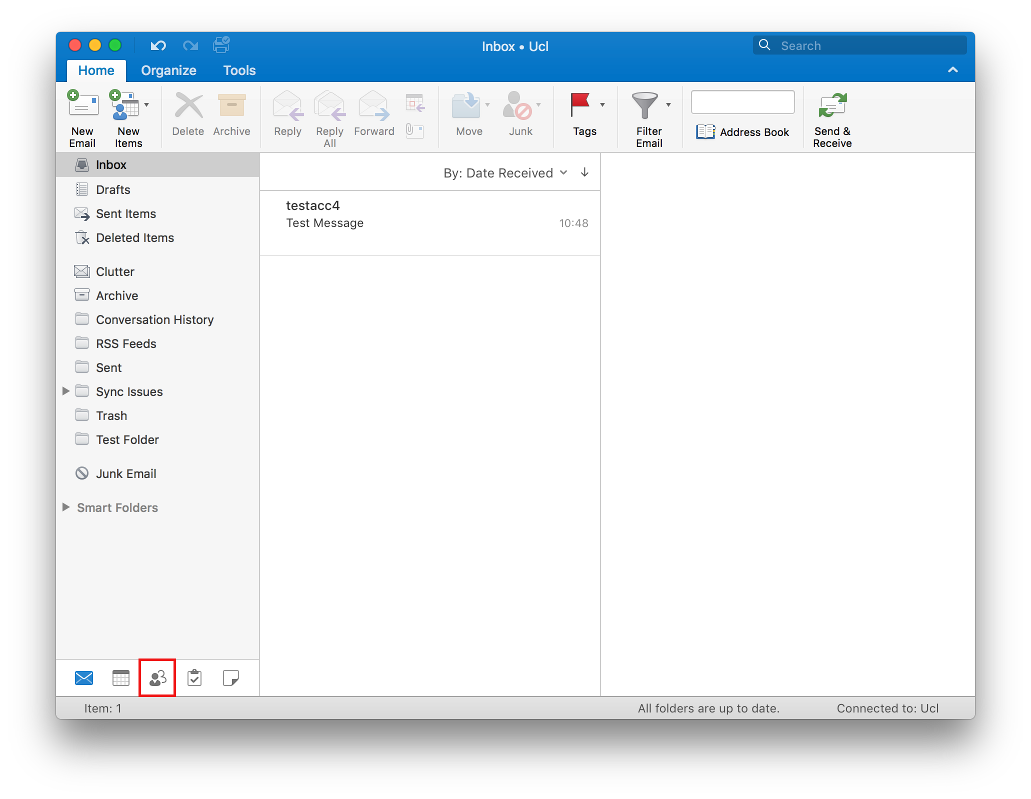
The path after “-d1” is the default path to your profile. Note in the command above, the path after “-g” is the default path where your Outlook is installed.Mdimport -g “/Applications/Microsoft Outlook.app/Contents/Library/Spotlight/Microsoft Outlook Spotlight Importer.mdimporter” -d1 /Users//Library/Group\ Containers/UBF8T346G9.Office/Outlook/Outlook\ 15\ Profiles/Main\ Profile In Terminal, re-index your Outlook database using the following command and substituting your own user name for : If the Outlook search displays again “No results” then continue below:ĥ. If you receive results when searching then the problem is resolved. Without closing the ‘terminal’ window, open Outlook and try the search function. IMPORTANT: If you see more than one instance of “Microsoft Outlook Spotlight Importer.mdimporter” delete the Outlook application that you are NOT using, empty it from the Trash, again restart your Mac, and go back to Step 1.Ĥ.Go to Finder > Applications > Utilities > Terminal.
TRY OUTLOOK FOR MAC 2016 FOR MAC
– To re-index the Search database in Outlook for Mac 2016Ģ. At this case you have to re-indexing the Outlook 2016 for Mac search database. If the Spotlight Index is corrupted then the Outlook search may display “No results”. Outlook for Mac uses OS X Spotlight to search your mailbox. Re-index the Outlook for MAC Search Database.

Then delete (or move to desktop) from the User’s Library/Preferences/Microsoft/Office 2011 folder, the file OfficeSync Prefsĭ. Delete (or move to desktop and delete them later) the following files from the User’s Library/Preferences folder:

Wait until Spotlight indexing your drive.Ī. (This will force Spotlight to create a new index)ħ. Finally highlight the hard drive you just added and click the minus button to remove it. Then Drag and drop the hard drive icon from the desktop into Spotlight. (If so, then remove them, skip the rest steps and try to find something using the Outlook search).ĥ. Make Sure that the Outlook Profile (or Identity) folder or one of its parent folders is not added to the Privacy tab. Make sure that Mail Messages is checked under the tabĤ. Open the System Preferences and click on Spotlight.Ģ. Once you done delete the temporary folder. (This process will force Outlook to re-index the emails and they start to appear in the results).ĥ. When the moving is done, move back your messages to the original folder. Select and move all messages to the new created folder.Ĥ. Move Messages to another Outlook folder.Ģ. Run the Outlook 2016 Search Repair Troubleshooter ( source-2) tool from MS: Method 4. The next method to fix the “No Results” search issue in Outlook 2016 for MAC, is to run the Microsoft Outlook Search Troubleshooter.Ģ. Run the Outlook 2016 Search Troubleshooter. (After running the tool, the “ Check for Updates” option will be available).
TRY OUTLOOK FOR MAC 2016 DOWNLOAD
* Important: If you don’t see the ‘Check for Updates’ option on the Help menu, then download and run the latest version of the Microsoft Auto-Update tool from.

On the top menu, go to Help > Check for Updates.

Open any Office application such as Word, Excel, or Outlook.Ģ.
TRY OUTLOOK FOR MAC 2016 HOW TO
How to fix: Outlook MAC Search Returns “No Results” in Outlook 2011 or 2016 for MAC * This tutorial contains instructions to resolve the Outlook for MAC Search problems (Search returns “No Results”), in Outlook for Mac 2016 or Outlook for Mac 2011.


 0 kommentar(er)
0 kommentar(er)
